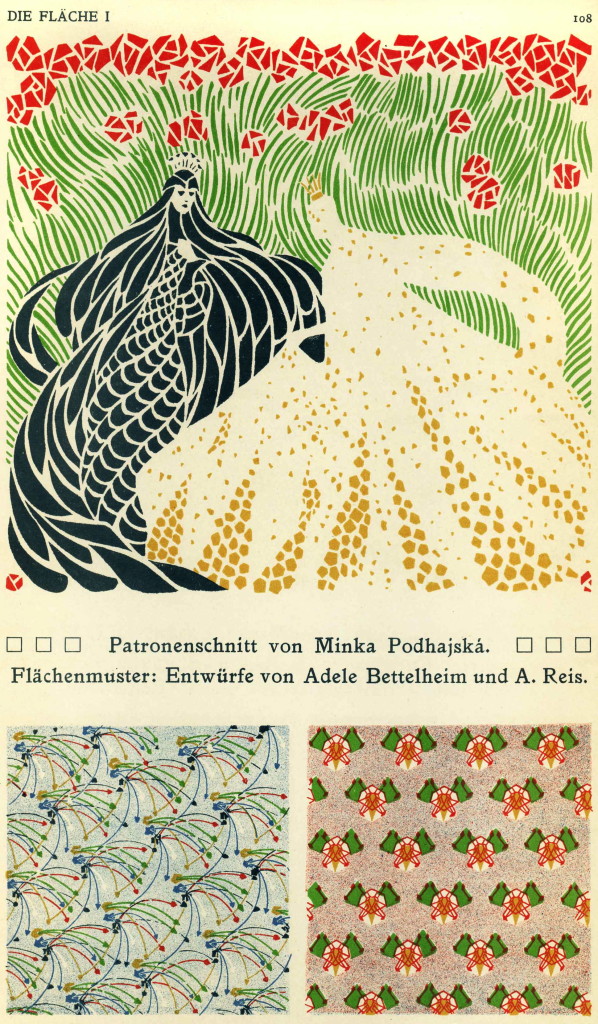

Wagner believed that architecture had to functionally serve the people who used it, even for the mentally ill. As architecture was in a state of transition, so, too, was the field of psychiatry being modernized by the likes of a local Austrian neurologist. Leopold, was designed by Otto Wagner for the Steinhof Psychiatric Hospital. The Kirche am Steinhof, also known as the Church of St. Steinhof Church, Otto Wagner, Vienna, Austria. The building’s harmonious synthesis of form and function was a remarkable breakthrough for the spirit of modernism." - Lee F. " The bright interior spaces are illuminated by a glass ceiling, and on the first level, a glass floor provides light to ground-floor spaces in a truly revolutionary way. According to the Museum Postsparkasse, Wagner's design submission, "contrary to the specifications," combined the interior spaces that had similar functions, which sounds remarkably like what Louis Sullivan was advocating for skyscraper design - form follows function. Otto Wagner was one of 37 participants in the competition to build an "Imperial and Royal Postal Savings Bank." He won the commission by changing the design rules. Could new functions be met with new architecture? The bank to be built in Vienna would be modern - customers could "move money" from one account to another without actually moving cash - paper transactions that were more than IOUs. Imagno/Getty ImagesĮver hear of Scheckverkehr? You do it all the time, but at the turn of the 20th century "cashless transfer" by check was a new concept in banking.

The Cash Desk Hall, the Postsparkasse in Vienna, Otto Wagner, c. The interior Banking Hall is as light and modern as what Frank Lloyd Wright was doing inside Chicago's Rookery Building in 1905. Cast-iron architecture of the mid-19th century was a "skin" molded to imitate historic designs Wagner covered his brick, concrete, and steel building with a new veneer for the modern age.

The "modernism" of the architecture is Wagner's use of traditional stone materials (marble) held in place by new building materials - aluminum covered iron bolts, which become the façade's industrial ornamentation. Its glazed canopy frame, entrance doors, balustrade and parapet rail are also of aluminum, as are the metal furnishings of the banking hall itself." - Kenneth Frampton the Post Office Savings Bank resembles a gargantuan metal box, an effect due in no small measure to the thin polished sheets of white Sterzing marble that are anchored to its façade with aluminum rivets. British architect and historian Kenneth Frampton has described the exterior this way: In its design, Wagner accomplishes beauty with functional simplicity, setting the tone for modernism. Postsparkassenamt and Die Österreichische Postsparkasse, the Postal Savings Bank is often cited as architect Otto Wagner's most important work. 1912 Austrian Postal Savings Bank, Vienna.


 0 kommentar(er)
0 kommentar(er)
